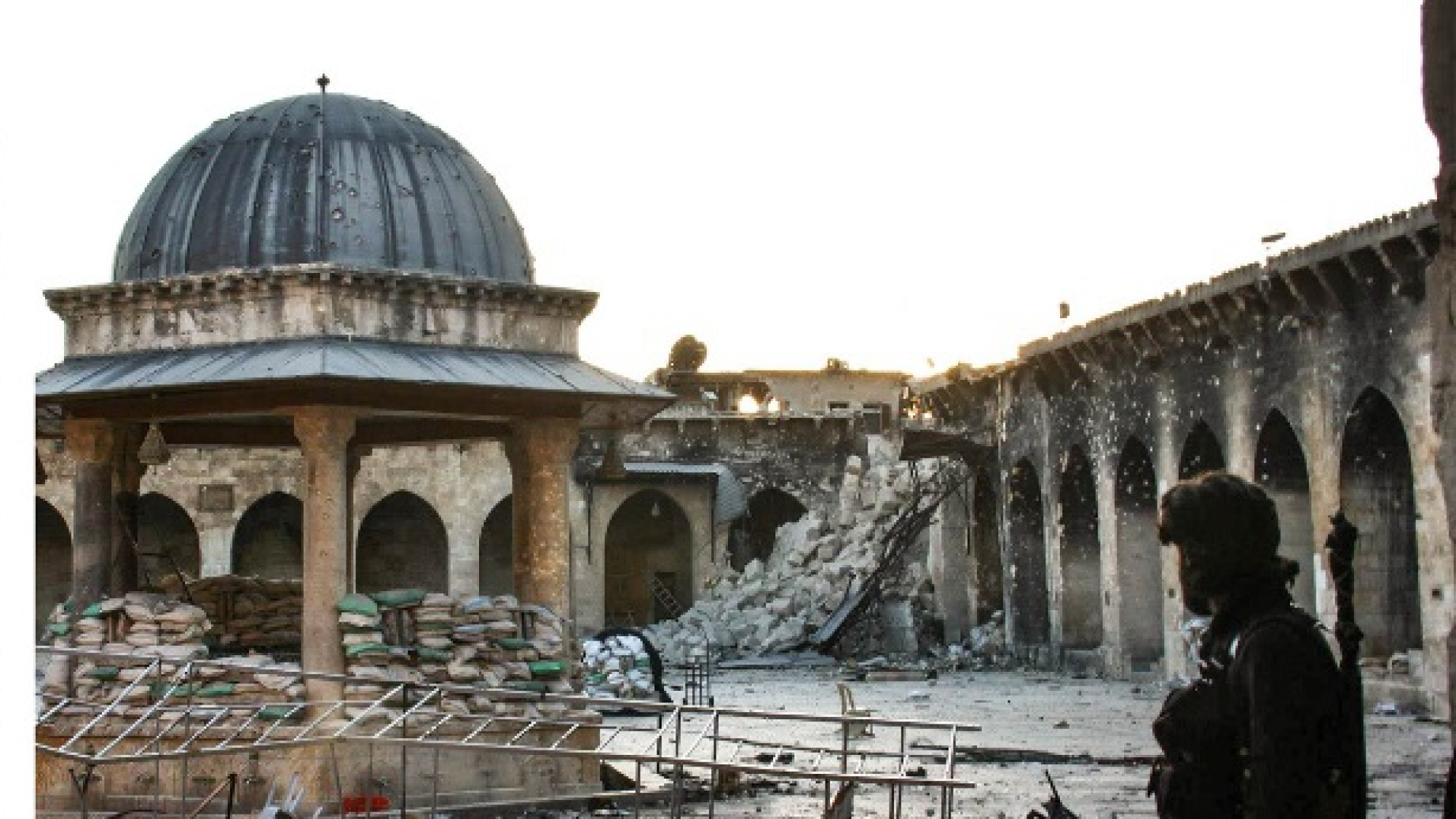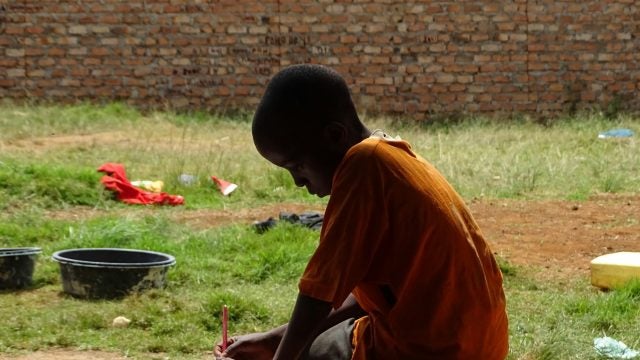
Title: Combating Religion-Based Terror
On May 30, the United States Department of State released its 2012 Country Reports on Terrorism (CRT), a congressionally-mandated annual report. Unlike State Department reports on human rights, the CRT focuses only on the countries and organizations meeting certain legislative criteria. The CRT covers almost ninety countries with great geographical and political range, from Canada to North Korea.
Despite military and security gains against al-Qaida (AQ), the CRT makes clear that terrorist organizations continue to pose a deadly challenge to the United States and its allies. The introductory summary highlights how AQ has been “significantly degraded as a result of ongoing worldwide efforts against the organization,” while caveating “the AQ core still has the ability to inspire, plot, and launch regional and transnational attacks.”
A prominent theme of the 2012 CRT is the important role, both positive and negative, that religion plays in issues of security and stability across the globe. This comes across repeatedly in many country chapters in the report’s Africa section. These chapters highlight government programs that engage religious leaders in combating violent extremism, demonstrating how African governments understand how many terrorist threats stem from twisted theologies morphed into political ideologies.
Providing an opposing theological interpretation can undermine the cause of terrorist groups that seek control of, or autonomy from, the central government. This approach is classic counterinsurgency warfare. David Galula, a French practitioner and theorist on counterinsurgencies, wrote, “With a cause, an insurgent has a formidable, if not intangible, asset that he can progressively transform into concrete strength.” Challenging the ideological roots of religiously justified violence can damage the strength, vitality, and longevity of a terrorist organization.
African nations seem to embrace this approach more than others. For instance, the 2012 CRT states that the Government of Mauritania “continued to collaborate with independent Muslim religious organizations to promote moderation and to counter violent extremism.” In Somalia, the Transitional Federal Government aired an Islamic lecture series “designed to undercut al-Shabaab’s efforts to acquire religious legitimacy for its violent extremist ideology.” Outside Africa, Indonesia and Malaysia made similar efforts.
In the 2012 Country Reports on Terrorism, six country chapters—those on Azerbaijan, Saudi Arabia, Tunisia, Tajikistan, Turkmenistan, and Uzbekistan—go further by explicitly citing a linkage between government efforts to counter terrorism and limitations on religious freedom. The Azerbaijan chapter reports on restrictive government policies and how they risk increasing violent religious extremism; it concludes, “Critics claimed that by driving the practice of religion underground, these governmental policies could ultimately contribute to the growth of violent extremism.”
Few other country chapters speak to this concern despite the validity of this point for any government facing religiously motivated terrorist organizations. For instance, the Ethiopia chapter notes that the “Ethiopian government and the Ethiopian Islamic Affairs Supreme Council continued to implement a controversial training program for Muslims” in efforts to reduce violent extremism. This attempt to forcefully change the doctrinal beliefs of the country’s Muslim community constitutes a major religious freedom concern. Also, it risks pushing Ethiopian Muslims away from oppressive government action into the hands of extremists. The CRT’s labeling of this initiative as “controversial” and its remarks that “the program led to ongoing protests” was a slight admission that this was the wrong way to go, but had none of the clarity of the Azerbaijan statement.
This shows unevenness in the 2012 CRT’s citations of what is problematic and what is not. The activities highlighted in each country chapter’s “Countering Radicalization and Violent Extremism” section are presented as examples of legitimate means of controlling or limiting extremism. Many are listed as effectively countering radicalism; however, these actions often constitute human rights limitations that could increase extremism.
Algeria’s chapter is a case of the report’s uncritical highlighting of excessive limitations on religious practice as a way to counter radicalization and violent extremism:
The penal code outlines strict punishments, including fines and prison sentences, for anyone other than a government-designated imam who preaches in a mosque. The Algerian government monitors mosques for possible security-related offenses and prohibits the use of mosques as public meeting places outside of regular prayer hours. The government has the authority to pre-screen and approve sermons before they are delivered during Friday prayers, but more often it provides preapproved sermon topics prior to Friday prayers.
Juxtapose this with an excerpt from the same section in the Uzbekistan report that offers a more nuanced view:
Some non-governmental religious experts continued to suggest that greater freedom to circulate mainstream, non-extremist Islamic and other religious materials could be more effective in countering violent extremism than the current policy of maintaining a government monopoly over religious publications.
The bedeviling nexus of religion, violence, and extremism rose to international prominence after 9/11 and continues to confront the United States today. A decade after 9/11, the upheavals of the Arab Spring are empowering new political actors to reconsider the relationship between religion and state and are creating space for religion-based terrorism. President Obama spoke of the challenge of confronting such cases of emerging extremism during his speech at the National Defense University, saying we “need all elements of national power to win a battle of wills, a battle of ideas.” He added that U.S. efforts should be focused on “targeted efforts to dismantle specific networks of violent extremists that threaten America.”
If the Country Reports on Terrorism are to aid in this effort, they need to sharpen their focus. The CRT uncritically highlights the different ways that states engage with religion in addressing the challenge of extremism. The report needs to develop a more critical lens towards various state initiatives, one that recognizes not all government activity is equally effective. U.S. engagement would benefit from recognizing the difference between state actions that limit the growth of violent extremism versus ones that create grievances and potentially future terrorists. As the report notes in places, repression of fundamental rights and peaceful religious activity can actually lead to more, not less, extremism, while partnering with religious leaders to undercut extremist messages can foster counter-ideologies to undercut terrorist messaging.
Image Credit: Gabriele Fangi, Wissam Wahbeh, CC BY 3.0 <https://creativecommons.org/licenses/by/3.0>, via Wikimedia Commons
This is an archived article. While every effort is made to conserve hyperlinks and information, GJIA’s archived content sources online content between 2011 – 2019 which may no longer be accessible or correct.
More News

Amid stalled U.S. federal climate engagement and intensifying transatlantic climate risks, subnational diplomacy has emerged as a resilient avenue for cooperation. This article proposes a Transatlantic Subnational Resilience Framework (TSRF)…

The 1997 hijab ban in Türkiye left lasting effects on Muslim women’s psychological, social, and religious identities, shaping their experiences across academia, bureaucracy, and politics. Evidence from interviews…

This article advances the idea that teaching children their mother tongues and learning adjacent national languages offers better prospects for consolidating nation-building and contributing to cultural preservation. Kenya’s case illustrates…